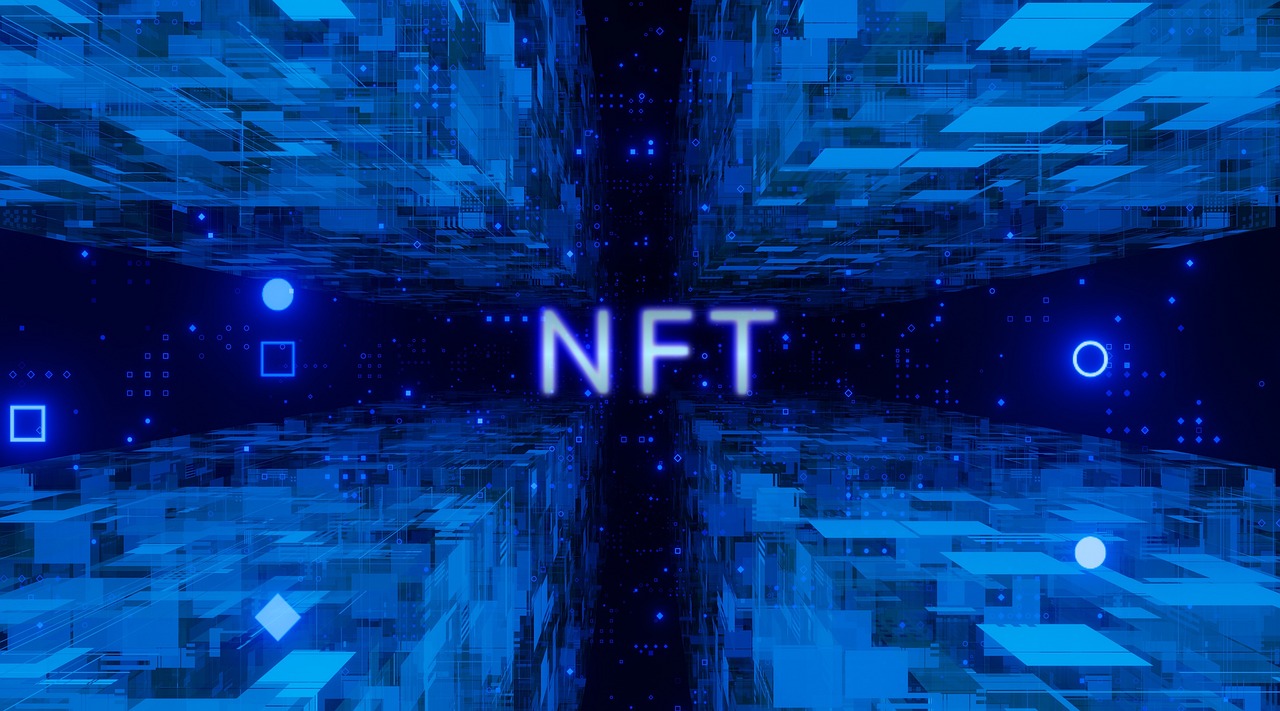As technology continues to evolve, so does the way we invest. One of the latest trends in investment is the concept of tokenizing real world assets. But what does that mean exactly?
In simple terms, tokenizing real world assets involves converting physical assets into digital tokens that can be purchased and sold on a blockchain. This can include anything from real estate properties to works of art.
So why tokenize real world assets? There are several benefits to this innovative investment strategy.
Firstly, it allows for fractional ownership of assets. Traditionally, investing in real estate or other expensive assets would require a large amount of funds upfront. With tokenization, investors can purchase a small percentage of an asset and benefit from its growth.
Secondly, it provides greater liquidity. By tokenizing assets, they can be easily traded on a blockchain exchange, allowing investors to buy and sell at any time.
Finally, it promotes transparency and security. Blockchain technology provides a secure and tamper-proof ledger of all transactions, ensuring that the ownership and transfer of assets is completely transparent.
Perhaps the most exciting aspect of tokenizing real world assets is that it opens up investment opportunities to a wider range of people. It democratizes investment and allows those who previously may not have had access to traditional investment options to participate in the market.
Of course, there are still some challenges to overcome in the world of tokenization. One of the key issues is regulatory compliance. As with any new investment strategy, there are risks involved and it is important to ensure that investors are protected and that legal guidelines are followed.
Additionally, there is still some uncertainty surrounding the valuation of tokenized assets. Unlike traditional assets, there is no established market for tokenized assets, which can make valuation a challenge.
Despite these challenges, the potential benefits of tokenizing real world assets are too great to ignore. As blockchain technology continues to advance and more investors become familiar with the concept, it is likely that we will see a significant rise in tokenized assets in the coming years.
One area where we are already seeing the tokenization of assets is in the world of real estate. Real estate is a notoriously illiquid asset, with large sums of capital required upfront and long holding periods. Tokenization provides a solution to these issues, allowing for small investments and providing greater liquidity.
Another area where tokenization shows promise is in the art world. Tokenizing art could provide greater access to the market for investors who may not have the funds to purchase a physical piece, while also allowing artists to retain ownership of their work.
Tokenizing real world assets is an exciting new development in the world of investment. It allows for fractional ownership, greater liquidity, transparency, and democratization of investment opportunities. While there are still some challenges to overcome, it is clear that the future of investment lies in digital assets on the blockchain.

Leave a Reply